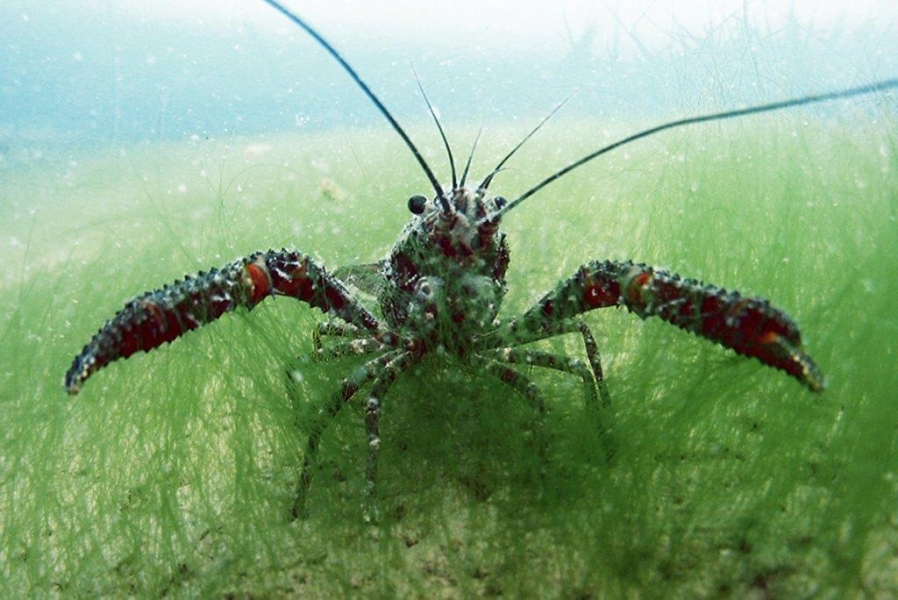NIWA scientists have secured funding for a project they hope will take them a step closer to discovering why the number of freshwater crayfish, or koura, in the Upper Waikato River has dramatically declined.
The project is part of ongoing work to restore and enhance the koura fishery in the river. NIWA has received funding from the Waikato River Authority (WRA) to support the project.
Koura are a taonga species and an important traditional food source for Maori, particularly in the central North Island. They are also an integral part of freshwater ecosystems.
NIWA ecotoxicologist Sue Clearwater says a WRA-funded pre-restoration survey of koura in Lakes Atiamuri and Ohakuri last year was halted when a team of scientists and interns from Te Arawa River Iwi Trust were unable to find any koura in the mainstem of the river, despite their earlier proliferation.
"This preliminary survey suggested the population decline in the river was much worse than we had originally thought."
Dr Clearwater says scientists do not yet know what has caused the population decline in the Waikato River but suspect several culprits. The most likely is the eel, or tuna, which are now prevalent in the hydro lakes along the river since the start of an elver transfer programme in the mid-1990s. It is believed eels were not found in large numbers upstream of Arapuni Falls before the hydro dams were built.
"A lot changed in the river because of the dams."
The water storage and flow management in the hydro lakes may have contributed along with changes to water quality and habitats. Introduced species such as catfish may also have been contributors to the koura decline. Dr Clearwater says a combination of factors is likely.
The new NIWA survey will take place next year and focus on the deep, less accessible areas of the river from Huka Falls, through Lakes Aratiatia, Ohakuri and Atiamuri. It will include using divers, the traditional tau koura harvesting method, developed as a monitoring tool by Ian Kusabs, involving sinking large bunches of bracken to the river bed, and selective electric fishing in tributaries above and below eel barriers.
"From this we will gather information on how the koura populations are doing and get an idea of what is affecting them. It's important to understand if the eels are having an effect on koura as quickly as we can."
It is proposed the findings will be used to guide iwi in management decisions about koura in their region.
"It's another piece of the puzzle. We won't get a definitive answer, but it will guide future work and restoration effort."

